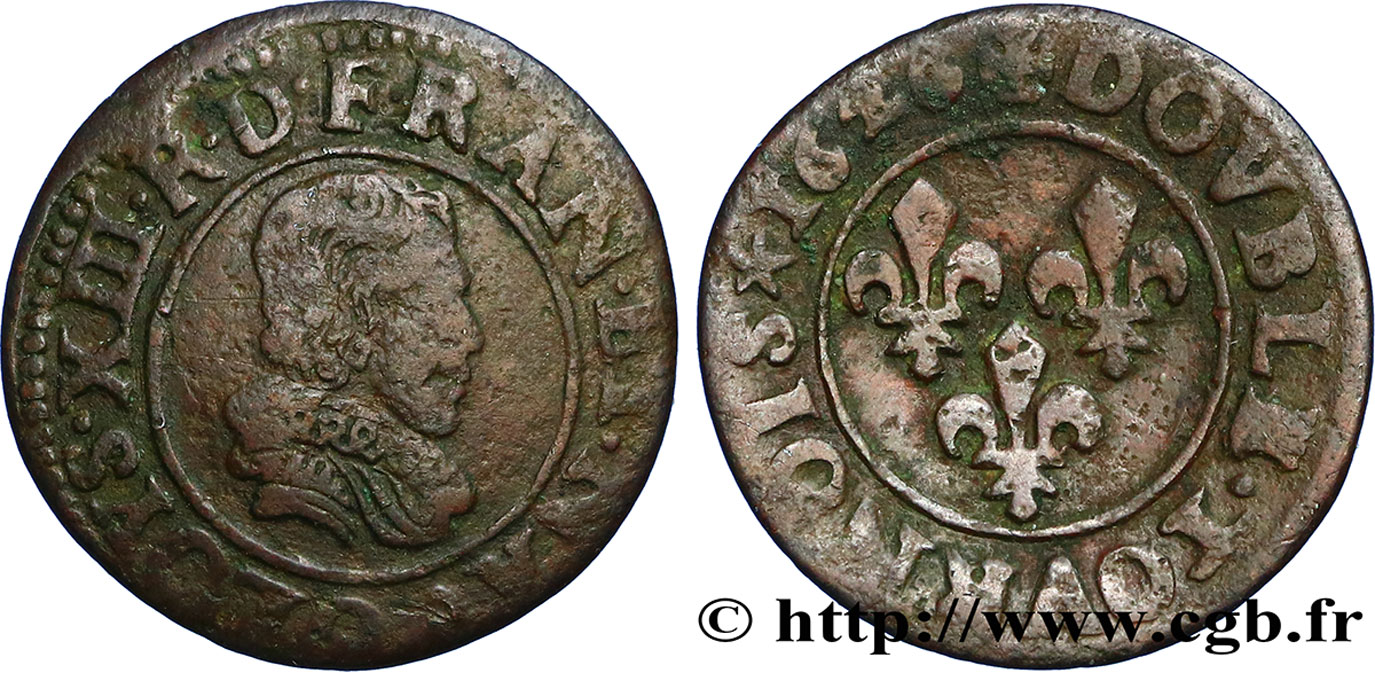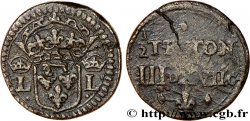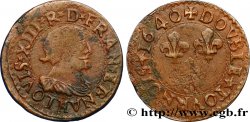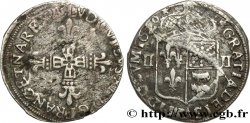E-auction 240-163397 - bry_407400 - LOUIS XIII Double tournois, type 4 1626 Riom
Чтобы принять участие в торгах, вы должны войти в систему и стать подтвержденным участником аукциона. Войдите, чтобы сделать ставку. Ваш аккаунт будет подтвержден в течение 48 часов. Не ждите до закрытия торгов, чтобы зарегистрироваться.Сделав ставку на данный товар, вы вступаете в юридическое соглашение на покупку выбранного товара и нажатием кнопки «Сделать ставку» подтверждаете принятие вами условий интернет-аукционов cgb.fr.
Ставка может бить сделана только в полном эквиваленте евро. Торги закроются согласно времени, указанному в описании товара, все ставки, сделанные после закрытия торгов, учитываться не будут. Не следует откладывать предложение вашей ставки до последнего момента, так как система может не успеть обработать вашу заявку, и ваша ставка не будет принята. Более детальную информацию вы найдёте здесь: FAQ по интернет-аукционам.
БЕСПЛАТНО.
БЕСПЛАТНО.
| Оценить : | 50 € |
| Цена : | 9 € |
| Максимальная предлагаемая цена : | 10 € |
| Конец торгов : | 20 November 2017 15:19:00 |
| Участников : | 5 Участников |
Тип Double tournois, type 4
Дата: 1626
Монетный двор / Город: Riom
Металл: copper
Диаметр: 20 mm
Ориентация осей монеты: 6 h.
Вес: 2,16 g.
Редкость: R1
Комментарии о состоянии
Monnaie frappée sur un flan irrégulier présentant un aspect légèrement concave. Frappe décentrée à l’avers. Usure sur les motifs centraux. Patine sombre
Ссылки в каталоге: :
Лицевая сторона
Аверс: легенда: [.]LOYS. XIII. R. D. FRAN. ET. NAV[.] - O.
Аверс: описание: Buste juvénile de Louis XIII à droite, lauré, drapé et cuirassé, avec une fraise.
Аверс: перевод: (Louis XIII, roi de France et de Navarre).
Обратная сторона
Реверс: легенда: + DOVBLE. TOVRNOIS * 1626.
Реверс: Описание: Trois lis posés 2 et 1.








 Cообщить об ошибке
Cообщить об ошибке Распечатать страницу
Распечатать страницу Отправить мой выбор
Отправить мой выбор Задать вопрос
Задать вопрос Consign / sell
Consign / sell
 Информация
Информация









